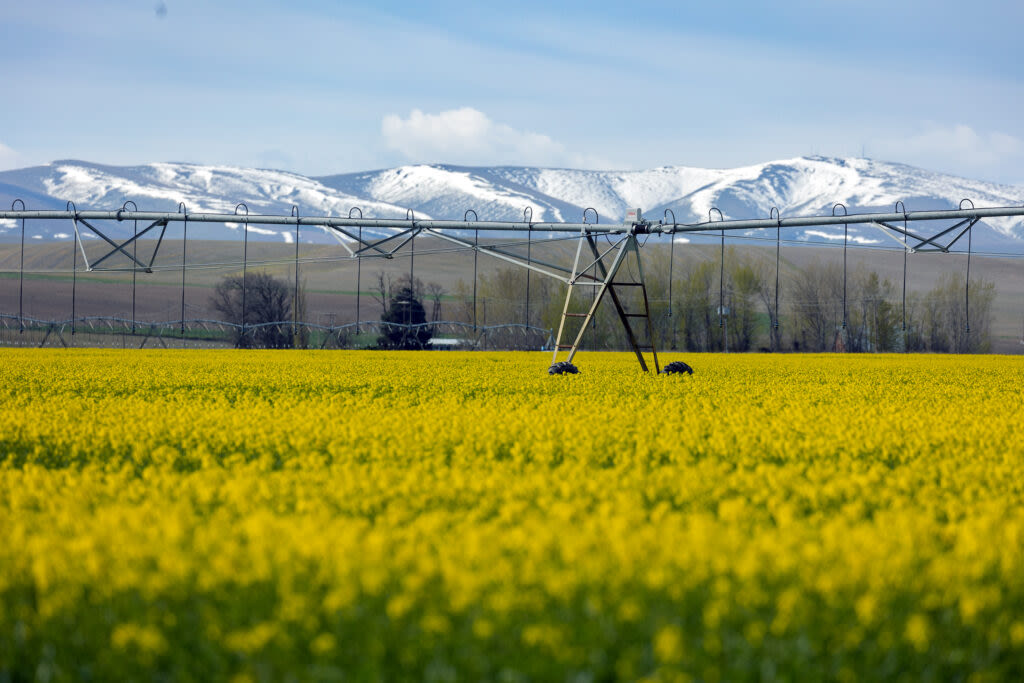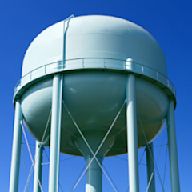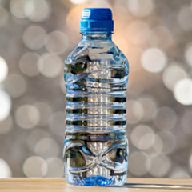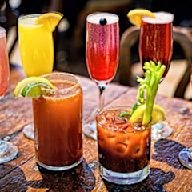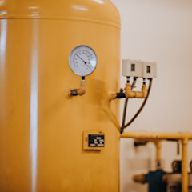Search results
News about Thames Water, Bramley, Surrey
News about India, Heat stroke, Delhi
News about Mexico, Berkshire, Statenville
Our residential rates are currently lower than the local commercial provider with no hidden fees. Please report suspected water main breaks to 311 or 645-3111 immediately (weekdays 7:00 am - 6:00 pm) or to 645-7788 after hours and weekends. Get answers to the most frequently asked questions about water main breaks.
Water is an inorganic compound with the chemical formula H 2 O.It is a transparent, tasteless, odorless, and nearly colorless chemical substance, and it is the main constituent of Earth's hydrosphere and the fluids of all known living organisms (in which it acts as a solvent).
Find in-person payment locations, online payment, or the mailing addresses. Western Union, Kroger, Meijer, Giant Eagle, Walgreens and others accept Columbus utility bill payments. For locations please visit Western Union or call 1 (800) 325-6000. Please be aware that contracted vendor payment locations charge a convenience fee.
- Overview
- Liquid water
- GeneratedCaptionsTabForHeroSec
Water is made up of hydrogen and oxygen, and it exists in gaseous, liquid, and solid states. Water is one of the most plentiful and essential compounds, occurring as a liquid on Earth’s surface under normal conditions, which makes it invaluable for human uses and as plant and animal habitat. Since water is readily changed to a vapour (gas), it can travel through the atmosphere from the oceans inland, where it condenses and nourishes life.
Why do cold water bottles and soft-drink bottles sweat?
A cold water bottle appears to sweat because it’s a cooling source for the water vapour in the layer of air that surrounds the bottle. Air that is relatively warm can hold more water vapour than cooler air. When the cold water bottle is introduced, the warm air near the bottle cools and some of the water vapour condenses into liquid water, which is then deposited on the outside of the bottle.
When does water boil?
Boiling occurs when bubbles form within a liquid, marking a change from a substance’s liquid or solid phase into a gas. The normal boiling point is the temperature at which the liquid’s vapour pressure equals the standard sea level atmospheric pressure (760 mm [29.92 inches] of mercury). At sea level, atmospheric pressure is high, and water boils at 100 °C (212 °F); at higher altitudes it is lower, so water boils at a lower temperature.
Why is water blue?
The water molecule is composed of two hydrogen atoms, each linked by a single chemical bond to an oxygen atom. Most hydrogen atoms have a nucleus consisting solely of a proton. Two isotopic forms, deuterium and tritium, in which the atomic nuclei also contain one and two neutrons, respectively, are found to a small degree in water. Deuterium oxide (D2O), called heavy water, is important in chemical research and is also used as a neutron moderator in some nuclear reactors.
Although its formula (H2O) seems simple, water exhibits very complex chemical and physical properties. For example, its melting point, 0 °C (32 °F), and boiling point, 100 °C (212 °F), are much higher than would be expected by comparison with analogous compounds, such as hydrogen sulfide and ammonia. In its solid form, ice, water is less dense than when it is liquid, another unusual property. The root of these anomalies lies in the electronic structure of the water molecule.
The water molecule is not linear but bent in a special way. The two hydrogen atoms are bound to the oxygen atom at an angle of 104.5°.
The O―H distance (bond length) is 95.7 picometres (9.57 × 10−11 metres, or 3.77 × 10−9 inches). Because an oxygen atom has a greater electronegativity than a hydrogen atom, the O―H bonds in the water molecule are polar, with the oxygen bearing a partial negative charge (δ−) and the hydrogens having a partial positive charge (δ+).
Hydrogen atoms in water molecules are attracted to regions of high electron density and can form weak linkages, called hydrogen bonds, with those regions. This means that the hydrogen atoms in one water molecule are attracted to the nonbonding electron pairs of the oxygen atom on an adjacent water molecule. The structure of liquid water is believed to consist of aggregates of water molecules that form and re-form continually. This short-range order, as it is called, accounts for other unusual properties of water, such as its high viscosity and surface tension.
An oxygen atom has six electrons in its outer (valence) shell, which can hold a total of eight electrons. When an oxygen atom forms a single chemical bond, it shares one of its own electrons with the nucleus of another atom and receives in return a share of an electron from that atom. When bonded to two hydrogen atoms, the outer electron shell of the oxygen atom is filled.
Learn about water, a substance composed of hydrogen and oxygen that exists in gaseous, liquid, and solid states. Explore its chemical structure, physical and chemical properties, role in life, and distribution on Earth and beyond.
CDPU delivers over 51 billion gallons of water a year to 1.25 million people. In an average day, 141 million gallons of water is pumped throughout the city with average usage of over 112 gallons per person per day. A watershed (JPG, 361KB) is an area of land that drains all water to a common basin, stream, river or lake.
People also ask
What is the structure of liquid water?
What is water used for?
Why is water important?
What are the properties of water?
Currently, more than 95 percent of community water systems meet all health-based standards. When a system doesn't meet a standard, consumers are notified. Notifications may be in the form of signs or multimedia announcements. The application has tools for filtering, querying, and charting current advisories based on district office, county ...
Columbus Public Water System. EWG's drinking water quality report shows results of tests conducted by the water utility and provided to the Environmental Working Group by the Ohio Environmental Protection Agency - Division of Drinking and Ground Waters, as well as information from the U.S. EPA Enforcement and Compliance History database (ECHO).


